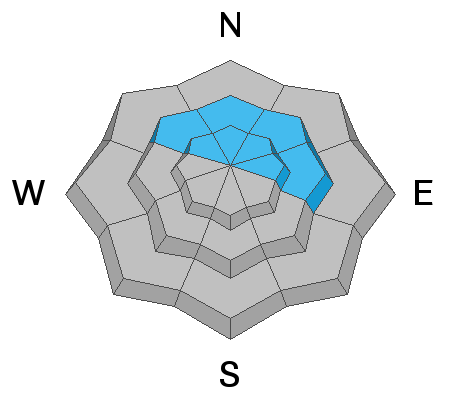Forecast for the Moab Area Mountains

Issued by Eric Trenbeath on
Wednesday morning, January 2, 2019
Wednesday morning, January 2, 2019
The avalanche danger is MODERATE on steep slopes that have recent deposits of wind drifted snow. Avoid slopes with a smooth rounded appearance or that show signs of instability such as cracking in the snow surface. There also remains an isolated, or MODERATE danger for avalanches stepping down 2'-4' deep into buried, persistent weak layers of loose, sugary, faceted snow. Northerly facing slopes with steep, rocky, and more radical terrain are the most suspect for this type of avalanche.

Low
Moderate
Considerable
High
Extreme
Learn how to read the forecast here








